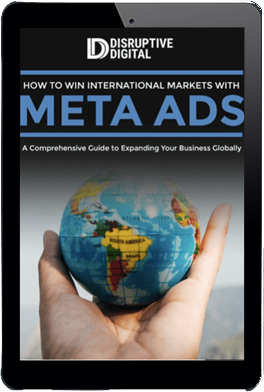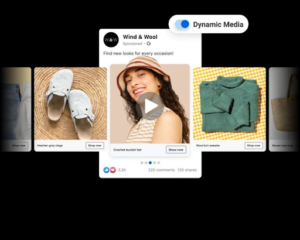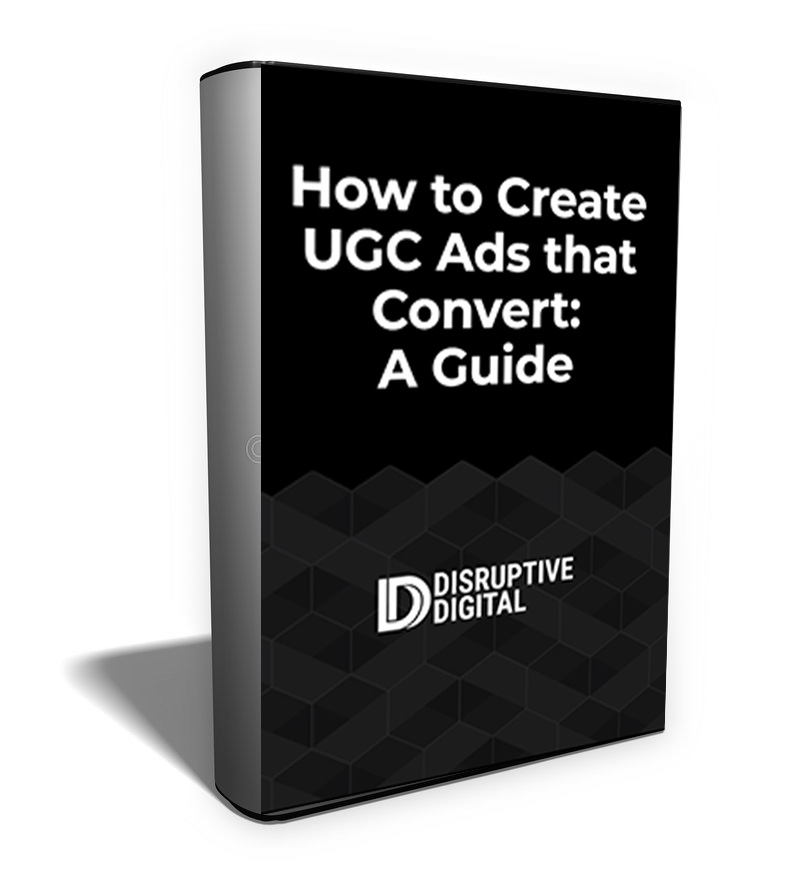Designed for both eCommerce and direct-to-consumer advertisers, Meta’s Advantage+ Shopping Campaigns (ASC) is a more automated process designed to dynamically target relevant audiences and test multiple creatives directly against each other.
The core benefit, as described by Meta: leveraging greater flexibility to optimize campaigns for better performance, greater personalization, and more efficiency.
We’ve leveraged Meta’s new ASC solution with successful outcomes so let’s dive into the details and nuances of the setup, how it differs from business as usual (BAU) campaigns, and how businesses can implement their own best practices to achieve those same benefits.
4 Benefits of Meta’s New Advantage+ Shopping Campaigns
Creating a campaign within the new ASC setup comes with a few potentially significant benefits for advertisers when compared to the existing setup.
A recent Meta study of 15 A/B tests found that Advantage+ Shopping campaigns drove a 12% lower cost per purchase compared to BAU setups.
They also conducted a global test, which found that ASC campaigns (when added to current BAU campaigns) led to an average 17% improvement in CPA, and an average of 32% increase in ROAS compared with BAU-only campaigns.
Those are drastic increases, and they’re worth chasing for any advertiser looking for campaign optimization. That said, the underlying reasons leading to these metrics are crucial in making the case. Understanding these differences and benefits plays a role in deciding whether setting up your own ASC campaign makes sense in your situation.
1. Automated Full-Funnel Targeting
In BAU Facebook campaigns, advertisers are able to manually adjust seven manual levers to arrive at their top audience. That, in turn, requires significant testing of multiple factors to arrive at that ideal campaign setup for your business.
Compare that with ASC, which dynamically manages the delivery of ads to the most relevant audiences and placements possible. The advertiser selects nothing but the country, leaving the ad platform to find the best audience, devices, and placements in order to reach core advertising goals.
Unlike with BAU campaigns, ASC uses a completely new type of machine learning to analyze performance and adjust the optimization accordingly. The result is an automated campaign that positions itself toward the best possible results for each individual advertiser.
Finally, the same process also creates dynamic targeting segments to prospecting audiences, remarketing audiences, and even existing customers all in a single portfolio campaign, with individual ads and products optimized depending on which segment the user belongs to.
FREE GUIDE
How To Win International Markets with META Ads
Read Our Comprehensive Paid Social and Search Strategy to Expand Your Target Market Beyond Borders.
2. Dynamic Creative Testing
Traditionally, Facebook campaigns require a manual setup to test up a recommended 3 – 5 ads per ad set to fine the best creative most likely to convert your audience.
Unlike BAU campaigns however, ASC automates that process through dynamic creative testing and can deliver up to a whopping 150 unique creative assets at the same time.
It starts in the setup stage, where advertisers can upload static images, videos, carousel assets, collections, a dynamic ad product catalog, and more that they’d like to feature in their ads. The system takes the uploaded items and rapidly iterates based on initial results to find the best-performing deliverables for the audiences in question.
Other features, like dynamic language optimization, can remain in place to further increase performance and audience relevance.
In this process, ASC advertisers don’t just improve their ad performance, but also gain insights into the best-performing creative assets with less budget than a traditional BAU campaign.
3. Better Budget Optimization
Because BAU Facebook campaigns are treated individually, advertisers have long needed to make early decisions about how to allocate their budget. Necessary optimizations could only occur through manual shifts in campaign budgets.
ASC flips that concept on its head. Because all creative and targeting iterations are managed in a single campaign, the budget can be completely optimized towards the best performers according to ad goals within that campaign.
This increased budget liquidity ensures that advertisers can continue to make the most of their budgets. Combined with AI-powered targeting and ongoing creative optimizations, this setup ensures that advertisers can reach their best potential customers without significant initial investment, maximizing their ROAS in the process.
4. Portfolio Campaign Management
The core concept of ASC relies on the setup of a single campaign, with more nuanced optimizations under it. This new, simplified setup significantly eases the campaign management process for advertisers, who no longer have to manually manage individual audiences and creative.
This, in turn, brings with it efficiency increases. Dynamically testing up to 150 creative combinations and delivering only the highest-performing ads, without manually determining what those are, allows advertisers to focus their attention elsewhere. Thanks to ASC’s emphasis on simplicity and efficiency on the front end, more attention can be spent on strategic business decisions and testing ideations.
Case Study: How a High AOV Brand Improved ROAS by 43% with Advantage+ Shopping
As a luxury men’s clothing brand, One Golden Thread is known for high-end products that retail for $250 and more.
As a result, they typically see a higher ROAS, but also see higher CPAs and lower conversion volumes compared to a lower priced brand.
On Facebook, a lack of volume in transaction signal can lead to challenges in testing to improve performance as quickly as a high volume brand.
Meta’s Advantage+ Shopping campaign offered a potential solution: a way to test out multiple creative types at scale, without impacting the need invest more dollars per test.
To see if ASC would help, we set up a split test to understand the potential impact of adding this campaign type alongside our BAU approach.
Using ASC in conjunction with our BAU campaigns drove a 43% higher ROAS and a 40% higher purchase value, meaning we now had an additional lever to continue testing creative while maintaining an optimized consolidated account structure. The full case study can be viewed on the Meta Business Partners website here.
FREE GUIDE
How To Win International Markets with META Ads
Read Our Comprehensive Paid Social and Search Strategy to Expand Your Target Market Beyond Borders.
4 Best Practices When Setting Up Your Own Advantage+ Shopping Campaigns
As with any campaign setup, of course, success is not guaranteed. These best practices can maximize your chances of successfully implementing ASC campaigns for improved conversions and ROAS.
1. Start to Run ASC Alongside Existing Campaigns
As with any new tactic, immediately switching the entire operation may not be effective. Instead of replacing your current efforts, start to run ASC alongside your current efforts. That allows for some core learnings on whether the setup works for your business and audience, and also creates a smoother transition as your current campaigns continue to bring in results while ASC begins to self-optimize.
2. Provide Enough Leeway for Optimization
To be truly successful, ASC needs to have both enough time and enough budget to optimize the ads against your audience. We recommend at least a month before a full evaluation of the results and campaign efficiency. Your optimal budget depends on your operations, but a basic calculation to follow is a spend of 50 x your typical cost per acquisition, divided by 7.
3. Import All Your Creative Options
The typical recommendation for non-ASC campaigns is to limit each ad set to 5 ads max, to avoid spreading your budget too thin. But ASC and its automated creative optimization change the game. You can add up to 150 ad combinations, which means more is better here. Import all of your best ads and visuals, and let the platform do the optimization.
4. Define Your Current Customers and Optimize Accordingly
Part of the appeal of ASC is that all of your audience segments can be reached with a single portfolio campaign. At the same time, you need to make sure your campaigns don’t over-index for current customers.
Thankfully, ASC allows you to define your existing customers which allows you to limit how many ads this segment of users see.
You can define your existing customers any way you like including:
-
- Users who are already familiar with your business and product
- Users who have purchased from your business
- All recent website visitors
Once this definition is set up, you can use this to segment your budget for Advantage+ shopping campaigns to limit spend on existing customers. Facebook will also provide you with metrics reporting the performance of your campaigns among these different segments.
For example, if you want your ASC campaign to be focused on only reaching net new customers, you can set your customer budget cap for existing customers to 0%.
Creating Relevant, Results-Focused ASC Campaigns on Facebook
Especially for eCommerce merchants with limited bandwidth to handle multi-iteration campaigns with continuous targeting and creative testing, ASC can be immensely successful in driving leads and customers.
Bringing down the CPA and ROAS of your campaigns is enough reason to try this more automated, dynamic approach to building your campaigns.
Of course, setting up campaigns like this still requires dedicated expertise on both ASC efforts and the larger Facebook Ads environment. That’s where we come in.









